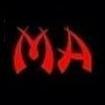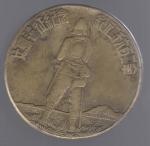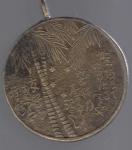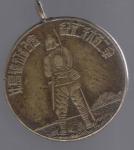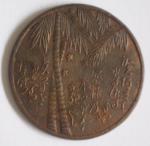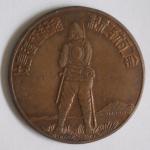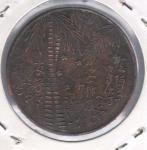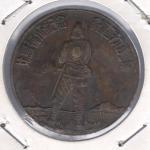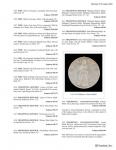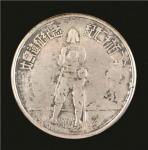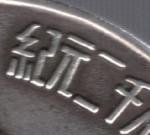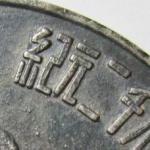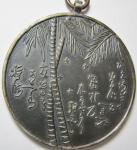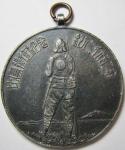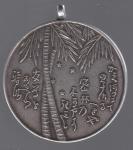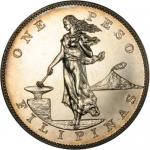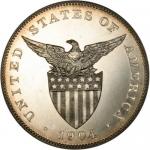John G. Hubbell, "The Great Manila Bay Silver Operation", Readers Digest, April 1959; Vol. 74, No. 44
In the late summer of 1942, when the Japanese had been in control of the Philippines for several months, their occupation currency suddenly began to collapse. Japanese soldiers found that a month's pay wouldn't buy so much as a glass of beer. The cause was a mysterious flood of silver Philippine pesos that began turning up in the markets of Manila. Somehow the silver was reaching even the prisoner-of-war camps American prisoners were bribing demoralized Japanese guards for food clothing, medicine. Next, they would start buying freedom! If the source of the silver wasn't found soon, it could corrupt the whole structure of Japanese control.
Where did the silver come from? The Japanese knew the MacArthur forces had dumped millions of peso into the deep crater south of Corregidor before surrendering. There was $8,500,000 of it down there, lying at a depth of 120 feet. A diving crew of seven American prisoners of war had been put to work salvaging that fortune — it would be a gift from the army to the emperor. Japanese security police were watching the American divers, guarding every peso recovered. It seemed inconceivable that any of this silver could be smuggled into Manila. Nevertheless, the Japanese decided to tighten the guard over the Americans. (The guards may or may not have known that the U. S. Navy divers whom they were forcing to recover the silver were the same ones who had dumped it there in the first place.) It had all started in the early months of 1942, when defeat in the Philippines had become inevitable.
Quickly Philippine government officials and U.S. Army officers decided to save the Philippine national treasury. They recorded the serial numbers of hundreds of millions of dollars' worth of paper currency, then burned the bills. In February, some two million dollars in gold bullion and $360,000 in silver were shipped to San Francisco in the ballast tanks of the submarine U.S.S. Trout. But now time and the enemy were moving fast. There was no way to get out the rest of the treasury, 17 million silver pesos* (each worth .50 cents) still lay packed in wooden boxes in a steel vault on Corregidor. On April 20, U. S. Army officers drew two straight lines connecting well-known landmarks of Manila Bay on a map. The lines intersected at a point in the water on Caballo Bay, formed by the thin crescent of Corregidor's curled tail. There the water was deep and rough enough to discourage enemy salvage.
There the treasure would be dumped. Lt. Comdr. George G. Harrison, commander of harbor craft in nearby Mariveles Bay, gathered up a working party — a dozen Navy enlisted men, orphans from the submarine tender Canopus and submarine rescue ship Pigeon, sunk in Manila Bay. Most of them were divers. Harrison told them Corregidor's days were numbered; the job had to be done quickly and at night. It was backbreaking labor. The heavy boxes, each of them holding 6000 pesos, were wrestled aboard two flat-topped barges, which were then towed to the dump site in the bay. There the weary sailors began pushing the precious cargo into the sea. It took ten nights to move the 425 tons of silver to the floor of Caballo Bay.
When the job was finished Harrison turned the men loose with a prophetic warning: “If you are captured, don’t let them find out you are divers.” On May 6, Corregidor surrendered. The divers were among the captured. Six weeks later, the Japanese commandant of the prison camp at Cabanatuan, 90 miles north of Manila, sent for Bosun’s Mate First Class Morris “Moe” Solomon. “We know you are a diver,” he said. “Manila harbor is choked with sunken vessels. It must be cleared for traffic." The Japanese had excellent intelligence. Besides Solomon, they had singled out Bosun's Mates Virgil. L. "Jughead" Sauers, Wallace A."Punchy” Barton., P. L. "Slim” Mann and two other experienced divers.



